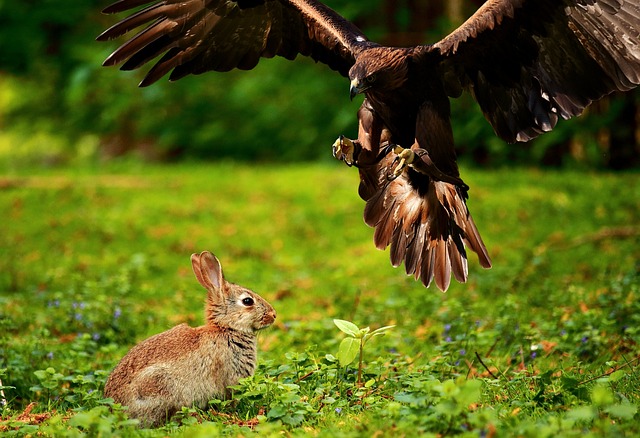
Raptors Birds
Introduction to Raptors
Raptors, commonly known as birds of prey, are a fascinating group of avian species characterized by their keen eyesight, powerful talons, and sharp beaks. These birds are primarily carnivorous, relying on their hunting skills to capture and consume prey. The term "raptor" is derived from the Latin word rapio, meaning "to seize or take by force," which aptly describes their predatory nature.
Classification of Raptors
Raptors are classified into several families, with the most notable being:
- Accipitridae: This family includes eagles, hawks, and kites. They are known for their strong, hooked beaks and excellent flying abilities.
- Falconidae: Falcons are recognized for their speed and agility. They have long wings and are often seen diving at high speeds to catch their prey.
- Strigidae: This family consists of owls, which are nocturnal hunters with exceptional hearing and night vision.
- Cathartidae: Vultures belong to this family and are primarily scavengers, feeding on carrion rather than hunting live prey.
Physical Characteristics
Raptors exhibit several physical traits that enhance their hunting capabilities:
- Keen Eyesight: Raptors possess extraordinary vision, allowing them to spot prey from great distances. Their eyes are adapted to detect movement and see in low light conditions.
- Powerful Talons: The sharp claws of raptors are essential for capturing and holding onto prey. These talons vary in size and shape depending on the species and their hunting methods.
- Strong Beaks: Raptors have hooked beaks designed for tearing flesh, which is crucial for their carnivorous diet.
- Adapted Flight: Many raptors have broad wings for soaring and gliding, which helps them conserve energy while searching for food.
Hunting Techniques
Raptors employ various hunting techniques based on their environment and prey type:
- Perch Hunting: Many raptors, such as hawks and eagles, hunt from a high perch, using their keen eyesight to spot potential prey below.
- Stooping: Falcons are known for their stooping technique, where they dive at high speeds to catch prey in mid-air.
- Ground Hunting: Some species, like the secretary bird, hunt on foot, using their long legs to chase down snakes and other ground-dwelling animals.
Ecological Role
Raptors play a vital role in maintaining ecological balance. As top predators, they help control populations of rodents, insects, and other small animals. This predatory behavior contributes to the health of ecosystems by preventing overpopulation and promoting biodiversity.
Conservation Status
Many raptor species face threats from habitat loss, pollution, and hunting. Conservation efforts are crucial to protect these birds and their habitats. Organizations worldwide are working to monitor raptor populations and implement measures to ensure their survival.
Conclusion
Raptors are remarkable birds that showcase the beauty and complexity of nature. Their adaptations for hunting and their role in the ecosystem highlight the importance of preserving these species for future generations. Understanding raptors can foster a greater appreciation for wildlife and the need for conservation efforts.

















 Exploring Artists Bluff: A Hiker's Paradise
Exploring Artists Bluff: A Hiker's Paradise 
 Health
Health  Fitness
Fitness  Lifestyle
Lifestyle  Tech
Tech  Travel
Travel  Food
Food  Education
Education  Parenting
Parenting  Career & Work
Career & Work  Hobbies
Hobbies  Wellness
Wellness  Beauty
Beauty  Cars
Cars  Art
Art  Science
Science  Culture
Culture  Books
Books  Music
Music  Movies
Movies  Gaming
Gaming  Sports
Sports  Nature
Nature  Home & Garden
Home & Garden  Business & Finance
Business & Finance  Relationships
Relationships  Pets
Pets  Shopping
Shopping  Mindset & Inspiration
Mindset & Inspiration  Environment
Environment  Gadgets
Gadgets  Politics
Politics 